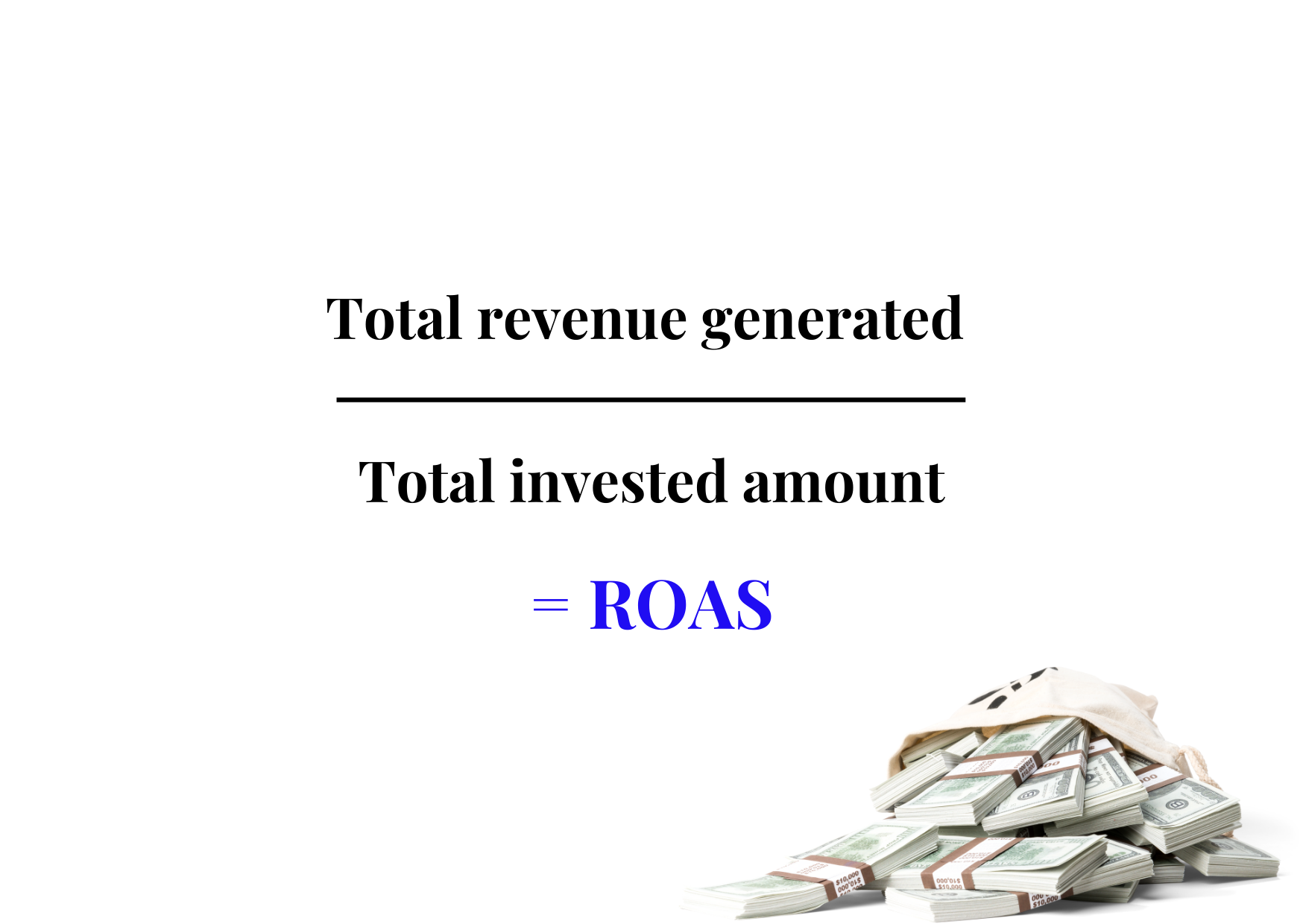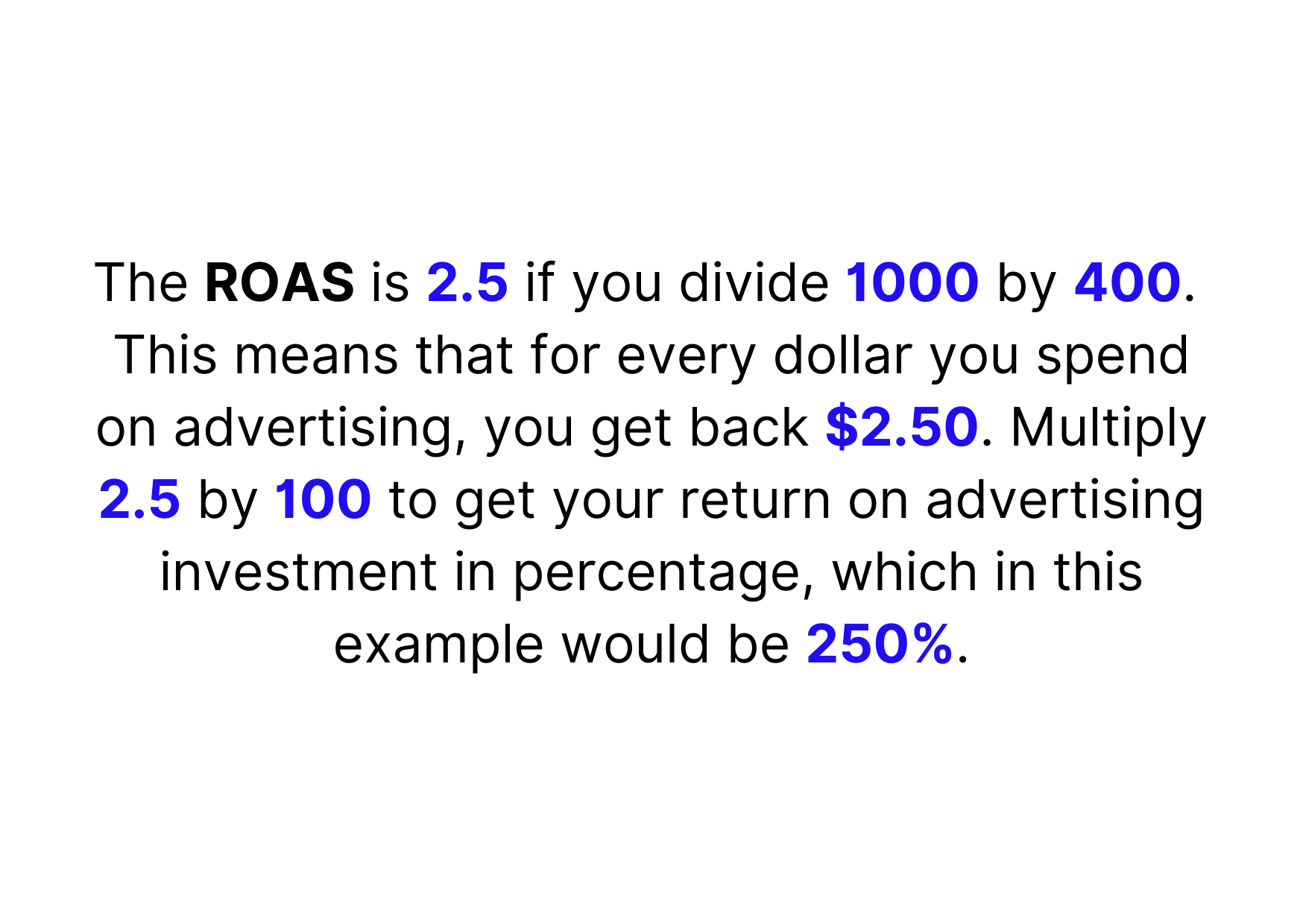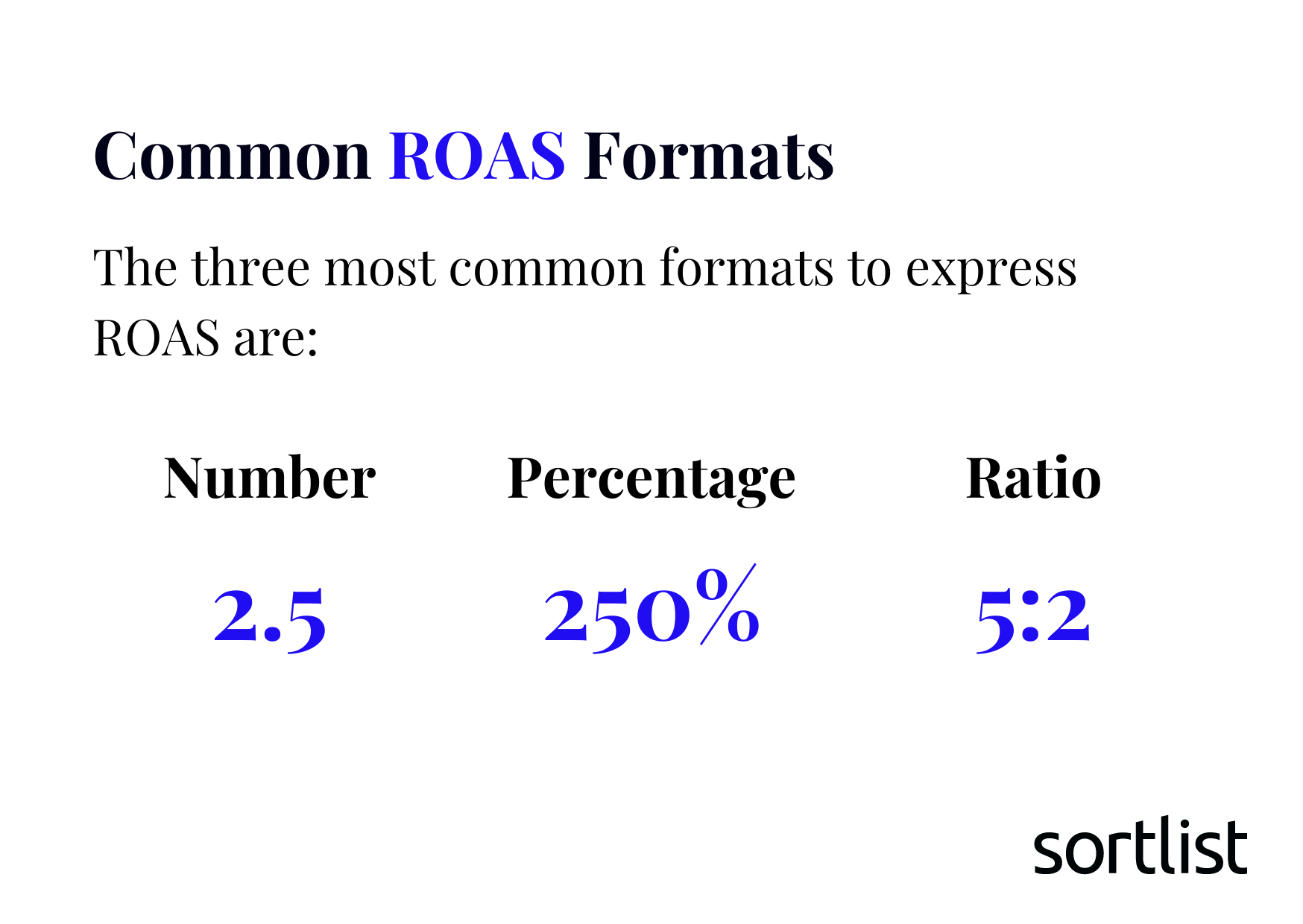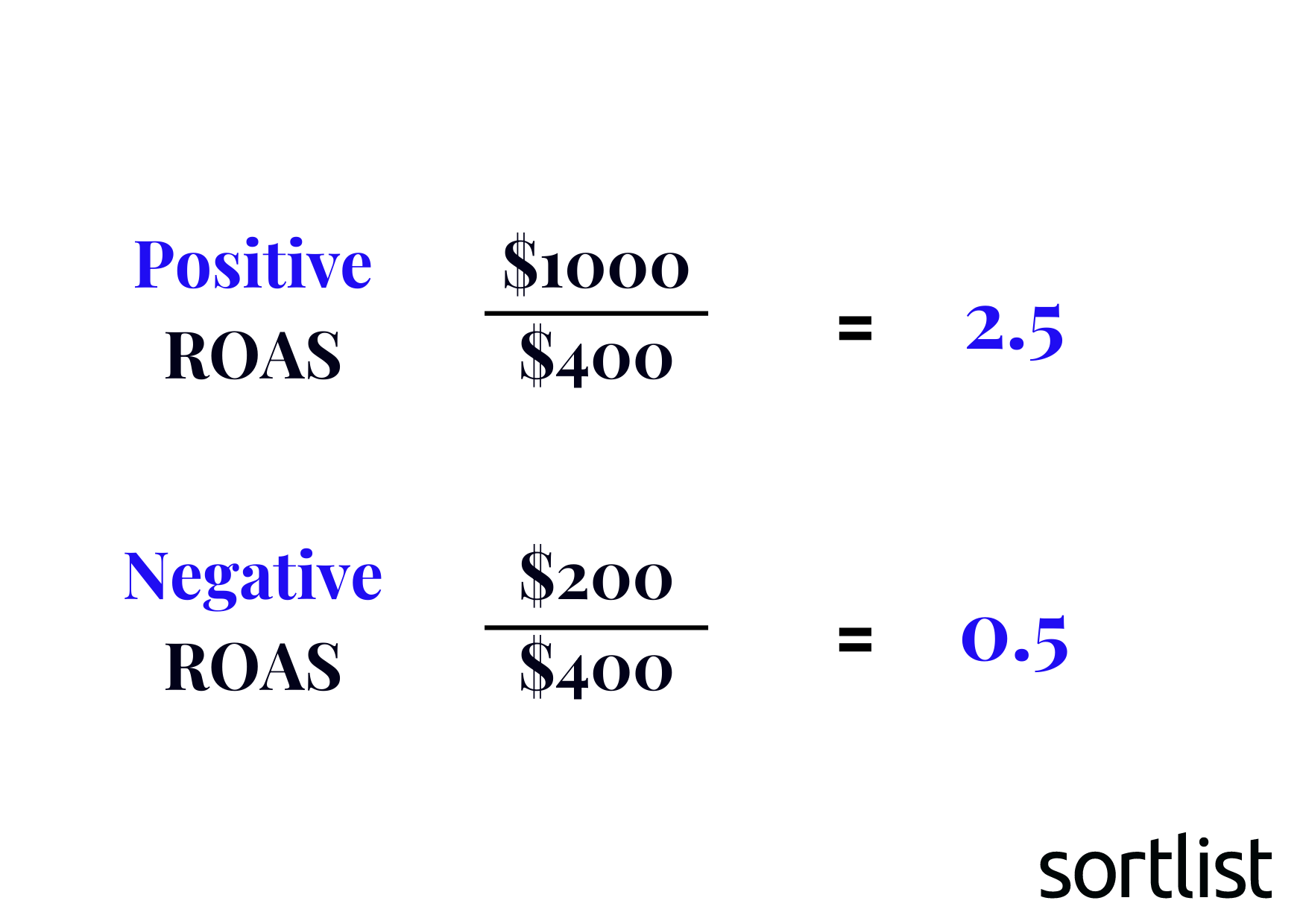
How To Calculate ROAS for Measuring Effectiveness of Ad Campaigns?
Last update: 15 November 2022 at 04:16 pm
What are your methods for measuring the effectiveness of your advertising efforts? Do you measure click through rate and conversion rate? Both are reliable indicators. However, they need to be accompanied with ROAS (Return on Ad Spend) to be even more effective on your return on investment. In this article, you will learn a simple formula to calculate ROAS.
You can use this indicator to measure the effectiveness of your Google ads, Facebook ads, Twitter, and LinkedIn campaigns. This tool calculates, in real-time, the return of an ad campaign compared to the budget spent. Understanding Return on Ad Spend (ROAS) can help you adjust your campaigns and cut advertising costs if they are not meeting your expectations.
What Does ROAS Stand For?
In our introduction we explained that ROAS stands for “Return on Ad Spend“. This marketing metric calculates the amount of revenue generated for each dollar spent on advertising.
A marketing budget can be calculated over the whole or by parameters such as:
- The keywords
- The campaigns
- The target groups
- The type of ad: sponsored post, video post, links to the site….
- The advertising channel: Google Ads, Facebook Ads, Instagram Ads…
- Or any other parameter that seems relevant to you
With the ROAS (Return on Ad Spend) calculation, you can quickly determine if a strategy is effective. 💡
It even allows you to identify the techniques, channels, or formats that will improve your results and give you better profit margin.
It’s essential that your advertising campaign be as relevant as possible, because as you know, relevant advertising is more likely to generate revenue.
Your customers, clients or investors are very sensitive to the return on their investment. For them, profitability is an essential decision factor. It can weight in when signing your future contracts (or to get a promotion).
With ROAS you demonstrate the benefits of your advertising campaigns. You prove your performance with figures that are irrefutable and attractive.
The best way to get more budget in the future and/or entice investors is by proving high ROAS from your campagins.
Calculate ROAS: How Do You Do It?
No matter if you’re spending money on SEO, Google ads, email marketing or social media, you can calculate whether your ad spend is effective without being a math prodigy.
Despite being such a powerful measure, ROAS is surprisingly easy to calculate.
The ROAS formula is simply dividing the total value of all conversions generated by a marketing channel by your advertising costs. You then get the ROAS of your campaign as a result.

Calculating Your Campaign’s ROAS
Now that you learned the formula, let’s put it into practice with an example. Imagine you spend an average of €400 to sell a product that is worth €1000.

ROAS can be expressed in three formats: number, percentage or ratio. Using the same example from above, the result could represented as:

ROAS (Return on Ad Spend) that are negative are bad investments.
👉🏾 Negative ROAS (below 1) indicates that you are losing money, in other words, you have a failing campaign.
👉🏾 High ROAS (above 1) indicates that you have a profitable campaign.

That’s why this comparison won’t give you an accurate picture of how much money you’ll make from your campaigns if there are more transactions involved in your fixed total costs.
It is then that you may need to consider an advanced ROAS calculation, where you subtract the other costs from the revenue and then divide by the ad spend.
Now Calculate It Yourself Using This Example
Get an idea of how ROAS is calculated with the following fictional example.
Social media campaigns and paid search are used by a company to promote its widgets. However, the company wants to calculate its return on paid search for the month.
This formula is used to analyze the revenue cost of paid search campaigns.
According to the team, its monthly expenses are as follows:
- Management fee: $1,600
- Software: $200
- Advertising expenses: $5,000
Total costs: $6,800
Next, the company must calculate the revenue generated by its paid search campaigns.
When estimating advertising revenue, the company must consider several factors. The first step is to determine the value of a new lead. Next, they must calculate profit margins for each purchase.
Once they have done this they can calculate their advertising revenue.
The company concludes from their calculations that:
- 1 new purchase of product A (at $900 per purchase): $900
- 3 new purchases of product B (at $500 per purchase): $1,500
- 8 new leads (at $1000 per lead): $8,000
Total advertising revenue: $10,400
Now the business team can enter all their data into the ROAS formula:
👉🏾 Total revenue / Total costs
👉🏾 $10,400 / $6,800
ROAS = $1.52
Every dollar spent on paid search campaigns earns the company (on average) €1.52.
Looking for |
Discover the most relevant agencies for your project based on your own specific requirements.
Find an agency!Here’s Why You Need to Calculate ROAS
To evaluate whether a company’s online marketing is increasing revenue as it should, ROAS (Return on Ad Spend) is one of the best tools to use. You can use this calculation to transform a company that is barely breaking even into one that is running highly profitable digital marketing campaigns.
To measure the performance of your campaigns, you need to measure the return on investment of your ads. Be sure to repeat the measurement regularly.
How often should you be tracking ROAS of your campaign? Three analyses are ideal: the first week of launch, midway through, and a week before the end. This way you can make quick decisions whether or not you should improve the ROAS (Return On Advertising Spend) for current and future campaigns!







